Keeping car door hinges properly lubricated is essential for maintaining smooth door operation and extending the life of the hinges themselves. Over time, dust, grime, and rust can accumulate on these hinges, causing squeaks, resistance, and even eventual wear. Learning how to lubricate car door hinges is a straightforward yet crucial aspect of car maintenance that can save you from expensive repairs in the long run. Here’s everything you need to know about the process.
Table of Contents
Why You Should Lubricate Car Door Hinges
Understanding how to lubricate car door hinges is key to preventing common issues like:
- Squeaking and creaking sounds: Hinges can become noisy if not properly maintained.
- Reduced door function: Doors may become difficult to open and close without proper lubrication.
- Rust and corrosion: Regularly lubricating car door hinges keeps rust at bay, extending the life of your car doors.
What You’ll Need to Lubricate Car Door Hinges
To get started with how to lubricate car door hinges, gather the following supplies:
- Lubricant: Silicone spray, white lithium grease, or penetrating oil work well for this task. Avoid WD-40 as a long-term solution since it’s more of a cleaner than a lubricant.
- Rag or cloth: For wiping off excess lubricant and cleaning the hinges.
- Small brush: Useful for scrubbing off any dirt or old grease.
How to Lubricate Car Door Hinges: Step-by-Step Instructions
- Clean the Hinges
Start by thoroughly cleaning the hinges. Use a damp rag to wipe away any visible dirt, dust, or grime. For tougher buildup, a small brush can help remove stuck particles. This initial cleaning step makes how to lubricate car door hinges more effective, as it allows the lubricant to penetrate and coat the hinge surfaces properly. - Apply Lubricant to the Hinges
Once the hinges are clean, it’s time to apply the lubricant. Hold the can or tube of lubricant near the hinge and spray or apply a small amount. Be careful not to over-apply, as too much lubricant can attract more dust and dirt, which counteracts the purpose of learning how to lubricate car door hinges. - Open and Close the Door
After applying the lubricant, slowly open and close the door a few times. This motion helps spread the lubricant throughout the hinge mechanism, ensuring that all moving parts are coated. This step is crucial for anyone learning how to lubricate car door hinges effectively. - Wipe Away Excess Lubricant
Use a clean cloth to remove any excess lubricant from around the hinges. Excess lubricant can attract dirt, which may worsen the problem over time. Keeping hinges clean is a key part of knowing how to lubricate car door hinges for long-lasting results.
Choosing the Right Lubricant for Car Door Hinges
Not all lubricants are created equal, and using the right type is important in learning how to lubricate car door hinges. Here’s a quick guide:
- Silicone spray: Best for lubricating areas prone to moisture, as it forms a waterproof barrier.
- White lithium grease: Ideal for heavier applications where more long-lasting lubrication is needed.
- Penetrating oil: Effective for loosening rusted or stuck hinges but isn’t a long-term solution.
How Often to Lubricate Car Door Hinges
Knowing how to lubricate car door hinges is one thing, but understanding when to do it is equally important. Ideally, lubricate the hinges every 6-12 months. If you live in an area with high humidity or heavy snowfall, consider doing it more often, as moisture accelerates rust formation.
Signs You Need to Lubricate Your Car Door Hinges
If you’re unsure about how to lubricate car door hinges or when to do it, keep an eye out for these signs:
- Squeaking or creaking: The first sign of dry hinges is usually noise.
- Difficulty opening or closing doors: If doors feel stiff, it’s time for lubrication.
- Visible rust: Rust around the hinges indicates a need for immediate attention.
Additional Tips on How to Lubricate Car Door Hinges
- Protect your paint: When learning how to lubricate car door hinges, keep a rag handy to catch any overspray or excess lubricant, which could damage your car’s paint.
- Don’t overdo it: A little lubricant goes a long way. Over-application can lead to a buildup of dust and grime.
- Check all door hinges: Don’t forget to lubricate all doors, including back doors or hatchbacks. Knowing how to lubricate car door hinges across your entire vehicle ensures consistent performance.
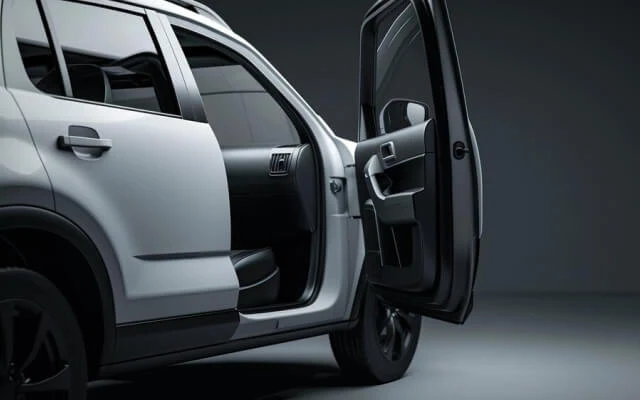
How to Lubricate Car Door Hinges for Different Vehicle Types
The basic process remains the same, but there may be slight differences based on vehicle type:
- Trucks and SUVs: Heavy doors may require a bit more lubricant and attention.
- Older cars: Older vehicles may have more wear on their hinges, so be extra thorough when cleaning and lubricating.
Conclusion: How to Lubricate Car Door Hinges Like a Pro
Maintaining your car hinges isn’t complicated, but knowing how to lubricate car door hinges the right way can prevent costly repairs and enhance your car’s longevity. Just follow these steps, and your doors will operate smoothly for years to come. Regular maintenance goes a long way, so don’t overlook this simple yet effective way to keep your vehicle in top condition.
With these tips on how to lubricate car door hinges, you’re now ready to tackle the task confidently! Grab your tools, follow the steps, and enjoy the squeak-free, smooth operation of your car doors.
Related Post:
When maintaining your vehicle, it’s essential to keep all moving parts well-lubricated. For example, if you’re dealing with a noisy ride, check out our guide on how to lubricate a squeaky suspension to ensure a smoother drive.

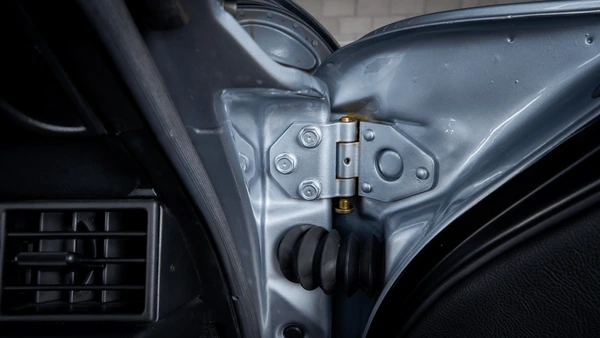
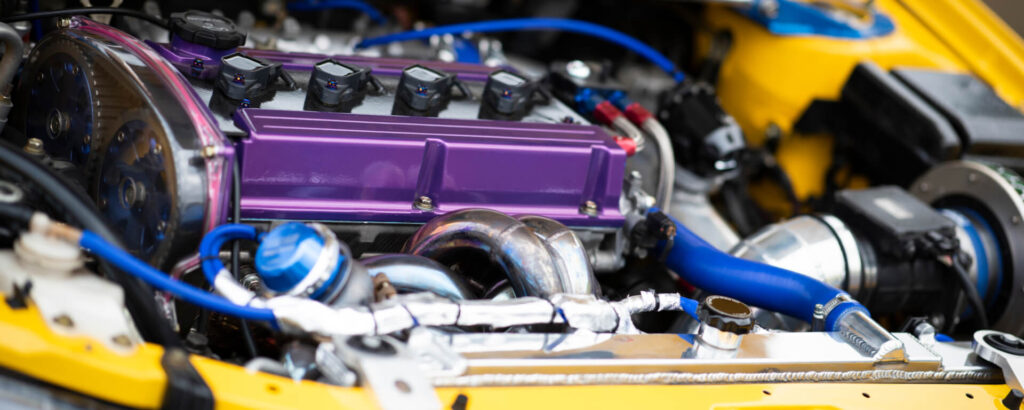
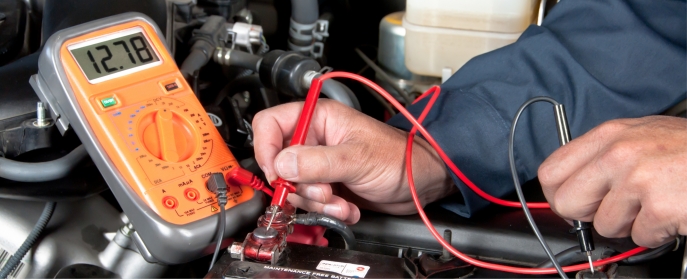
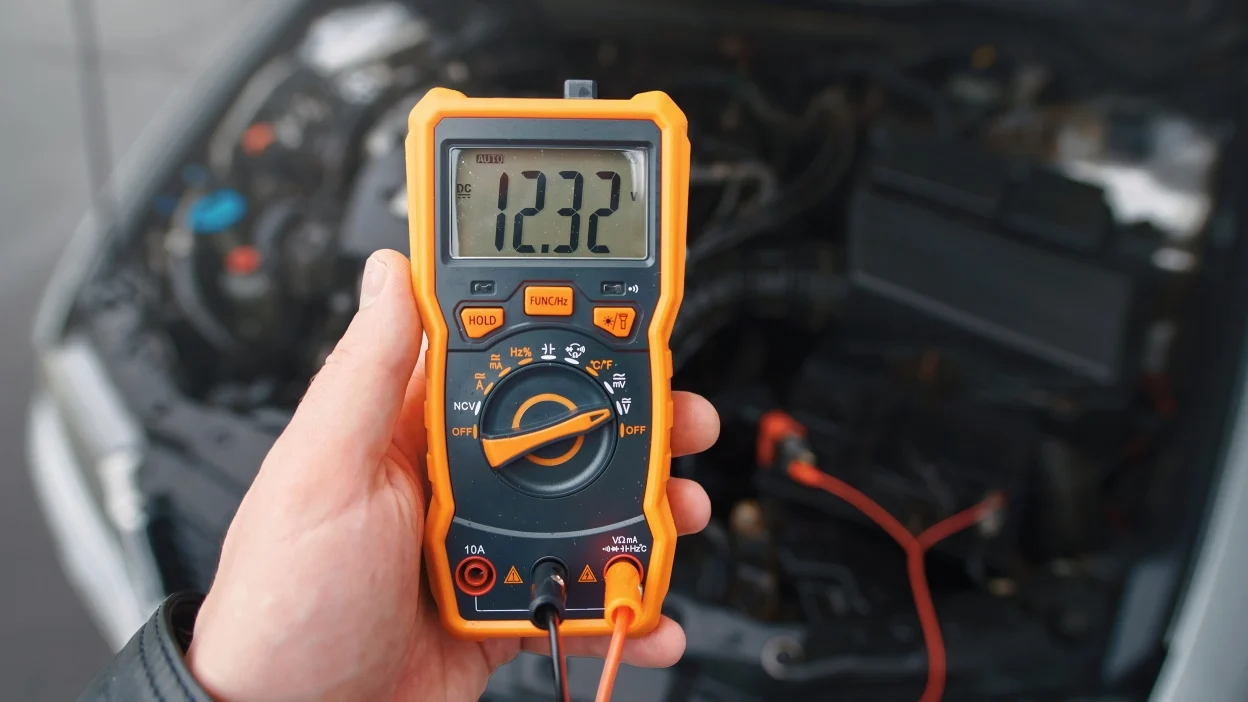
Leave a Reply